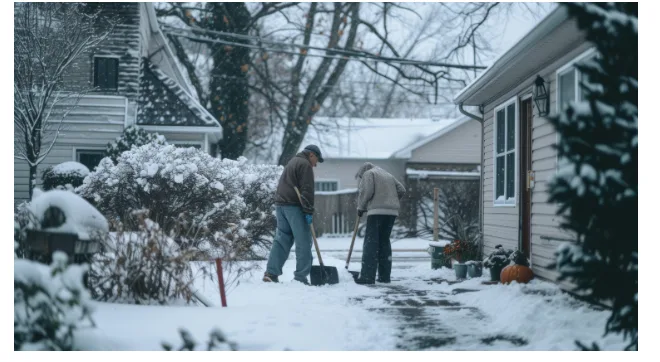Winter Blackout Risk: Why UK Households Must Prepare for Higher Costs and Supply Strains

The UK is heading into winter with growing concern about energy prices and the stability of supply. While bills have eased from their 2022 peak, regulators and market experts warn that the combination of high global demand, volatile gas markets, and pressure on the electricity grid could create a perfect storm for households in late 2025.
Global supply challenges feeding into UK bills
Much of the pressure comes from the global competition for liquefied natural gas (LNG). Countries across Asia, particularly China and Japan, are securing shipments to meet their own winter demand. This global race pushes up wholesale prices, which are then passed directly to UK consumers. Even though the UK has invested in renewable energy, gas remains a critical part of the system, especially when the weather is cold and wind output is lower.
The situation is made worse by the fact that Europe is still managing the long-term fallout from reduced Russian gas supplies. Storage levels are healthier this year, but costs remain about 70% higher than before the energy crisis began. For British households, that means another winter of higher-than-normal bills.
Blackout warnings resurface
National Grid ESO has already flagged that the margin between electricity supply and demand will be tight this winter. While large-scale blackouts are considered unlikely, the warning highlights just how dependent the system is on both gas imports and renewable output. A prolonged cold spell, or a sudden shortage of gas supply, could trigger supply strain and lead to higher spot prices.
For households, the key concern is that these supply challenges could drive up unit rates for both gas and electricity, making already expensive bills even harder to manage.
The hidden impact of standing charges
On top of rising wholesale costs, standing charges remain a major frustration for UK families. These fixed daily fees, set by Ofgem, apply no matter how much or how little energy you use. For winter 2025, standing charges are set to average £196 a year for electricity and £124 for gas.
That means even households that cut their usage still face high fixed costs, which weigh heavily on low-income families and those in smaller homes. Critics argue that this system is unfair, as the poorest households often end up paying a larger share of their bill through standing charges.
What households can do now
Although policy debates continue, the most effective step households can take today is to regularly check the market. Using online tools for an energy price comparison can highlight cheaper tariffs or fixed deals that protect against sudden spikes.
Suppliers are competing for customers ahead of winter, and many are offering fixed tariffs designed to provide certainty for the next 12 months. For some households, these fixed deals could be 10–15% cheaper than rolling on a variable tariff through the price cap.
The importance of checking gas rates
Gas use surges in winter as households switch on their heating, so checking tariffs is critical. Unit rates vary significantly across the country, and switching supplier can deliver immediate savings. Households can use tools to compare gas prices and ensure they are not paying more than they should.
For those who rely heavily on heating, even a small reduction in unit rate can add up to hundreds of pounds saved over the course of the season.
Don’t overlook electricity prices
Electricity demand also climbs in winter, with heating systems, lighting, and appliances running for longer hours. Fixed electricity tariffs can offer stability during peak usage periods. Using comparison tools to compare electricity prices can reveal suppliers with lower standing charges or more competitive unit rates.
This is particularly useful for households with higher electricity consumption, such as those using heat pumps, EV chargers, or home offices.
Looking ahead
The UK government and Ofgem are considering reforms to standing charges and exploring ways to protect vulnerable households from long-term debt. However, these changes will take time to implement. With the Autumn Budget still weeks away, and no certainty over VAT cuts or new support schemes, households cannot afford to wait.
For now, preparation is the best defence. Running regular energy comparisons, keeping track of consumption, and fixing tariffs where possible are the most effective steps to avoid paying over the odds this winter.
